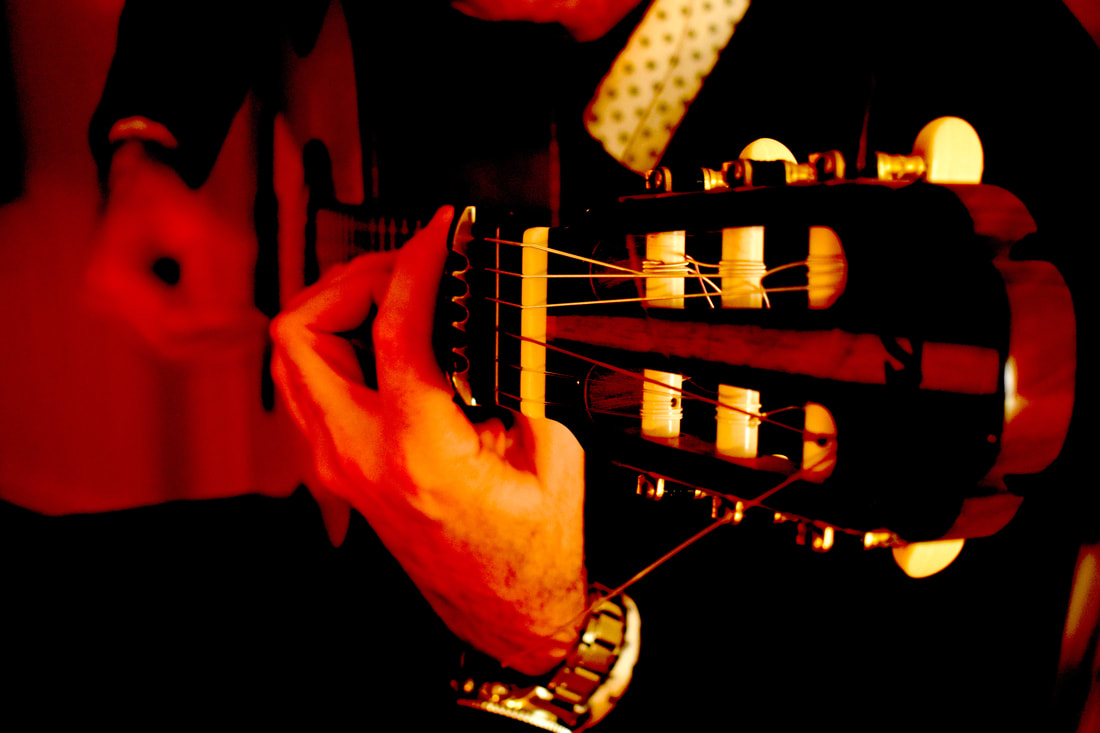Flamenco guitars, unlike 'popular' acoustic guitars with steel strings, often use nylon strings on the bottom three strings. This makes it different to normal 'acoustic' (steel stringed) guitars.
Nylon provides clarity, volume, and durability.
The three types of nylon strings
Clear Nylon: Standard for most flamenco guitars. Produces a bright, sharp sound.
Rectified Nylon: Slightly textured. Offers a warm, mellow tone.
Carbon Fiber / Titanium coated: Newer to the scene. Delivers a bright, loud response.
Beyond the type of string – one other thing to consider is the tension of the strings. String tension affects playability and tone. There are three main categories:
Low Tension: Easier to press down. Good for fast playing.
Normal/Medium Tension: Middle-ground. Balanced tone and playability.
High Tension: Requires more force. Produces louder, fuller sound.
Changing strings in flamenco guitar
You are supposed to change your strings regularly. Fresh strings sound better and feel better to play – if you ever go years without changing the strings and then are forced to change them due to a breakage, it often feels like you have a new guitar!
You should aim to change your strings every 1-2 months. Strictly speaking, a performer should change them for each performance, although depending on the time available, many performers do not.
Popular Nylon String Brands
Several brands dominate the market:
D'Addario: Consistent quality. Rafael uses these.
La Bella: Has flamenco sets.
Hannabach: German-made. Quality sets.
Savarez: Known for durability.
Caring for Nylon Guitar Strings
You should have clean hands before playing the guitar – otherwise they will quickly become sticky and 'not nice' to play.
If your hands are dirty or oily, wipe the strings after playing.
Although this relates to the guitar wood, rather than the strings, you should store your guitar in a stable environemnt without rapid temperature variations. Avoid extreme temperatures – eg exposed to bare sunlight in Spain! – as this will affect the wood of the guitar and in turn the strings.
While choosing the right flamenco guitar strings is important, for most players you will be fine getting a set of nylon strings for the bottom strings and steel for the remainder. Your preferences will change with time as you get better at the guitar; it happens organically. Your playing will ask you for different strings and your guitar itself will also ask you to change them.
Now that you know which strings to use, take a look at how to pluck those strings in our article on flamenco rasgueos.




